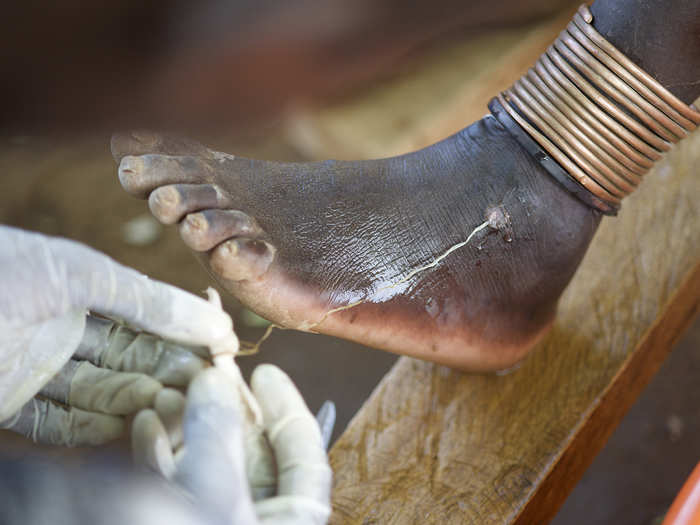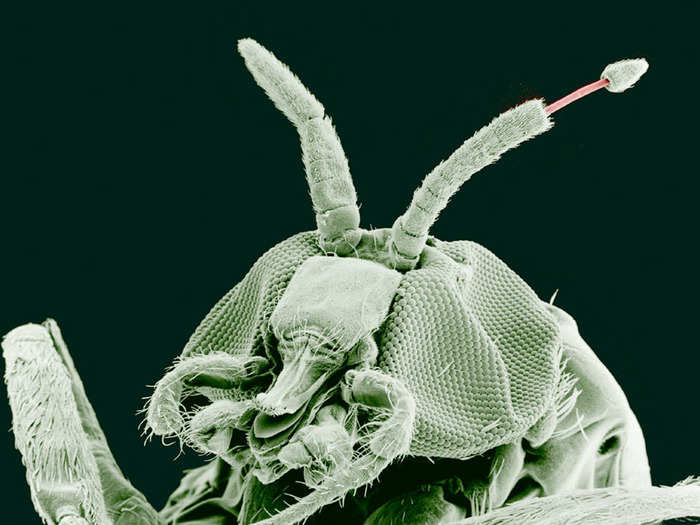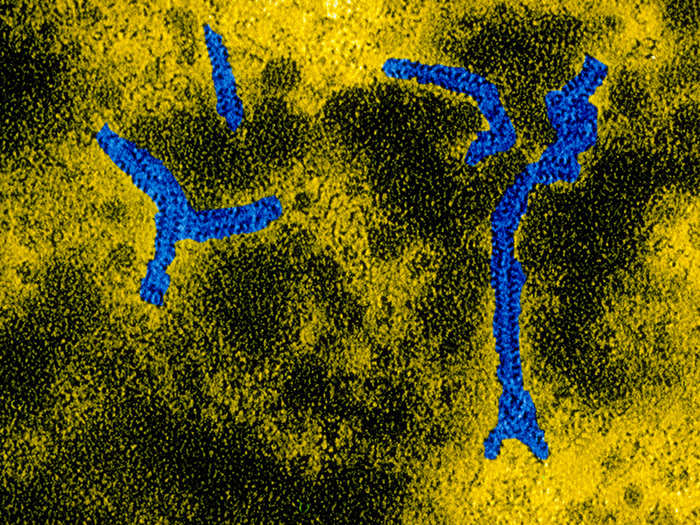8 horrific diseases that we've almost wiped off the planet
Smallpox

Measles

Like smallpox, measles is highly contagious. Its most serious complications include blindness, severe diarrhea, serious respiratory infections, and encephalitis, a severe infection that causes brain swelling.
New research also finds that measles can have a crippling, sometimes long term effect on children's immune systems for years after an initial infection, leaving them susceptible to other infectious diseases. The vaccine, the research suggests, protects against this.
The good news is that aside from a scary outbreak in California last December — which research suggests was caused by a growing number of parents refusing vaccinations for their children — measles has been largely eliminated in most affluent countries, and deaths from measles across the globe have dropped by 75% since 2000.
Still, the virus is still common in many developing countries, particularly in parts of Africa and Asia, but the WHO has plans to eliminate the disease globally by 2020.
Polio

Polio is a crippling and sometimes deadly infectious disease. There is no cure.
Most cases of the disease — somewhere between 90% and 95% — cause no symptoms, making it easy for an infected person to get another person sick. In those cases, people can recover within a few weeks.
In about 1% of cases, however, or around 1 in 200 cases, polio can leave its sufferers with permanent physical disabilities. In these cases, the virus spreads along the pathways inside the nerve fibers in the spinal cord, brain stem, or motor cortex, the movement-controlling part of the brain. Once inside, polio eats away at the nerves inside these parts of the body that allow us to move. Among people with polio who become paralyzed, about 5% to 10% die when the muscles that control their breathing are rendered immobile by the virus.
In the last 3 decades, cases of polio across the globe have plummeted, dropping nearly 99% since 1988. That year, the World Health Assembly resolved to globally eradicate polio, and several international health organizations joined in the effort to disseminate the vaccine worldwide.
As of last year, just 3 countries still see regular cases of polio: Nigeria, Pakistan, and Afghanistan, and efforts are underway to eradicate the disease completely.
Guinea worm

If you've never heard of Guinea worm, consider yourself lucky. It's caused by a parasite caused dracunculiasis which means "affliction with little dragons" in Latin.
Like it sounds, Guinea worm is painful.
While not typically fatal, Guinea worm can be permanently debilitating, especially in children. As it winds its way through the body, the worm — which thrives in dirty water — can destroy the muscles and tissue surrounding a knee or inside a foot, for example, leaving young children unable to walk for the rest of their lives.
Fortunately for eradication efforts though, Guinea worm is caused by just a single parasite, meaning that so long as health workers can track down all the people infected with it and prevent any new cases of infection, they can wipe it out.
Today, there are just 126 cases of Guinea worm left globally, down from nearly 3.5 million in 1986. According to the health NGO The Carter Center, Guinea worm "is set to become the second human disease in history, after smallpox, to be eradicated."
Rubella

Rubella is a highly contagious disease whose worst effects are seen in fetuses within their mother's first trimester. In young people and adults, rubella most often causes an all-over body rash and cold-like symptoms that typically clear in a few days.
In fetuses, though, rubella can cause deafness, blindness, and severe brain damage. A 1964-1965 rubella outbreak in the US caused roughly 11,250 abortions, 2,100 stillborns, and 20,000 babies born with defects.
Last month, though, rubella was officially declared eliminated from the Americas, a region defined by the World Health Organization to include the US, Canada, Cuba, and Central and South America.
Still, roughly 120,000 children a year are born across the globe with severe rubella-related birth defects, so there's still work to do.
Lymphatic filariasis (elephantiasis)

Lymphatic filariasis is caused by parasitic roundworms carried by mosquitoes and occurs in nearly 100 countries in Africa and Asia.
In many cases, people are first infected with the parasites as children, but the their damage to the immune system often goes unseen until adulthood, when they develop visible symptoms. The most noticeable of these is elephantiasis, or when parts of the body swell to massive proportions.
Adult worms lodge in the network of tissues and organs that filter lymph fluid, blocking the immune system from functioning normally. The worms, which live about 7 years, produce millions of baby worms throughout their lifetime that circulate throughout an infected person's blood.
The WHO aims to eliminate lymphatic filariasis by 2020 using medicines that effectively clear baby parasites from the blood and prevent them from spreading to new mosquitoes. When this is done in an area repeatedly for about 5 years, it can wipe out the disease.
Onchocerciasis (river blindness)

Like Guinea worm, river blindness is an infection caused by a parasite. Small, black flies that live near rivers across Sub-Saharan Africa and South America carry the worms that cause it.
Once they get inside the skin, the worms mate and reproduce. Each day, one worm can spawn another thousand baby worms. As they spread throughout the body of an infected person, the parasites infect the skin and eyes, where they can cause blindness, skin discoloration, intense itching and rashes.
Public health workers are working to eliminate the disease — or at least limit its spread — by giving out a medicine called Mectizan, which kills the parasite larvae in the body (and can prevent blindness) and blocks the virus from spreading to others.
Still, river blindness isn't likely to go away completely any time soon, since it remains widespread in 36 countries. The Carter Center hopes to at least wipe it out of South America in the next few years, since that region accounts for less than 1% of all cases.
Mumps

Mumps is a contagious disease that typically causes the salivary glands in your cheeks and jaw to swell.
It starts with symptoms that include headache, muscle aches, fatigue, and loss of appetite. After the salivary glands swell up, the virus typically clears in about a week or two. It's estimated that as many as 1 in 5 people who come down with mumps have no symptoms.
In rare cases, mumps can result in severe complications that include encephalitis or meningitis (swelling of the brain or spinal cord), swelling of the ovaries or breasts (in women and girls who've reached puberty), and deafness.
Before children in the US started getting routinely vaccinated against mumps (the "MMR vaccine" is typically given in 2 doses and is 97% effective against mumps, measles, and rubella), it was a common illness in children and young adults. In 1964, there were roughly 212,000 cases in the US.
Today, mumps outbreaks are rare, although they do happen occasionally, such as the 2009 outbreak that involved about 3,500 cases, primarily in New York.
Now that you've seen all the diseases we've almost wiped out, check out...

Popular Right Now
Popular Keywords
Advertisement